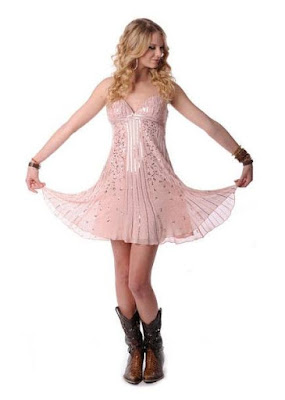Teapot styles tend to parallel the styles of other objects, from
buildings, to art works, to furniture and clothing. Baroque and Rococo
are very similar styles, and sometimes Rococo is referred to as “Late
Baroque.” Both are known for their frills and embellishments, with
Rococo being rather extreme. Some used the term “Baroque” initially to
underline the excesses — redundant and noisy details.
Baroque-style silver teapot with some detail — This teapot
demonstrates the beginnings of embellishments that did nothing for
functionality but everything for adding visual appeal to teatime.
The Baroque period started around 1600, while the Rococo period in the
arts is closely associated with France and two of their monarchs: Louis
XV (ruled as King of France and of Navarre from 1 September 1715 until
his death on 10 May 1774) and Louis XVI (King of France and Navarre from
1774 until 1791, then King of the French from 1791 to 1792, before his
deposition and execution during the French Revolution). However, the two
styles prevailed in Britain, Germany, and other countries.
Baroque-style Newark Museum display teapot with replaced spout —
Porcelain, silver, 1675-1700 (late Baroque). You can see the ornate
Asian influence here, a common practice as trade routes with China,
India, and other countries brought exotic treasures to the attention of
European potters and ceramic artists. They competed by imitating.
A Rococo Porcelain Veilleuse-Théière — The Porcelain Veilleuse-Theireres style of teapots date from 1750 to 1860 (late Rococo to Victorian).
Rectangular stand, oval pot, rococo, highly decorated with panels of
roses and gilding, other panels rose pompadour. Vieux Paris. Acquired in
Paris for the collection. Cream colors and gilding are typical.
During the Baroque period, the influence of this style was everywhere. In Italy, Caravaggio was perfecting his
chiaroscuro
painting style. In Bavaria, Czech lands, Poland, and The Ukraine, pear
domes appeared on churches and survive today as a quaint and very
recognizable feature. Rubens, a Flemish painter, was a proponent of an
extravagant Baroque style that emphasized movement, color, and
sensuality. Teapot makers picked up this style trend in their wares.
Another Porcelain Veilleuse-Théière — Figurine, man seated
on rococo base behind square pot, animalistic spout, boy and girl on
stand gaily dressed in flowered clothes in front of shield, white
background, much gilding. Acquired in Paris for the collection.
Silver teapot bursting with details — It almost looks like it’s going to walk away on those ornate legs.
Of course, you are going to want to serve Baroque or Rococo style teas
in these. They are going to be teas that are artful and tasty. I would
go for Lapsang Souchong which dates back to the 17th century during the Qing Dynasty (1644-1911). You may even want to try a nice black Ceylon tea (tea growing started in Ceylon as early as the 1700s). A nice Chinese green tea is another choice that will take you back in time. Lots of choices!
... so make a cuppa and then go make something beautiful!
¸.•´¸.•*´¨) ¸.•*´¨)(¸.•´
(¸.•´♥ Tristan ♥
~ With special thanks and acknowledgement to
The English Tea Store Blog and On-Line Stores, Inc ~































































































































